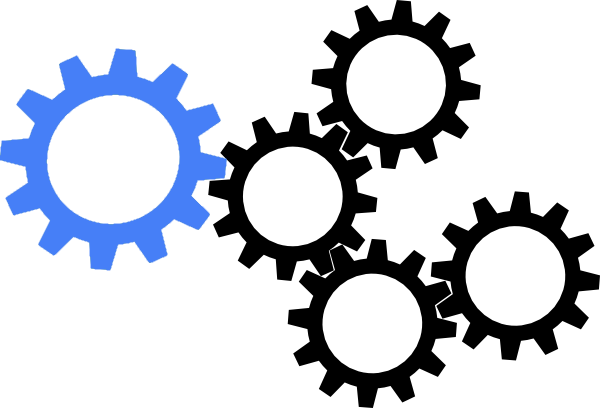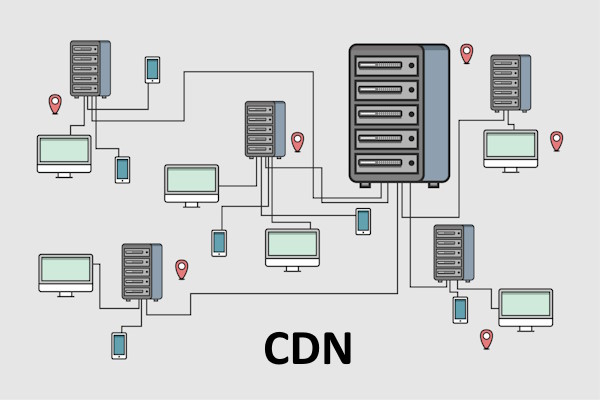Supporting Healthcare in the Modern Hospital Environment
The Internet of Medical Things:
Introduction
The Internet of Things (IoT) has transformed industry with healthcare being no exception. There has been a near synchronous rise and proliferation of an ‘Internet of Medical Things’ or IoMT. IoMT has paved the way for a new era of patient care with operational efficiencies in the modern hospital environment. In this article we will explore the concept of IoT, look at its application in the healthcare domain and address what are the necessary support resources required for a reliable IoMT implementation that prioritizes patient safety.
What Is The Internet of Medical Things (IoMT)?
The Internet of Medical Things refers to the network of interconnected medical devices, wearables, and applications that collect and exchange patient data and healthcare information. These devices have the capability to monitor vital signs, manage chronic conditions and enhance the accuracy of diagnostic data – ultimately leading to improved patient outcomes.
Modelling IoMT in the Modern Hospital Environment
- IoT-Enabled Medical Devices: In a modern hospital setting, IoT-enabled medical devices, such as smart monitors, infusion pumps, and even implantable devices, are interconnected and so enabled to transmit real-time patient data to healthcare providers. These devices also facilitate remote patient monitoring which has quality and social benefits for both the patient and caregiver. Healthcare professionals can monitor patients’ conditions and adopt a more proactive posture to better respond to any unexpected deviations or medical emergencies. The patient on the other hand can enjoy more privacy and freedom of movement if their circumstances allow.
- Healthcare Information Systems: To fully leverage the potential of IoMT, modern hospitals require integrated healthcare information systems (HIS) using open data. These secure systems archive and analyze patient data, providing healthcare teams with a comprehensive view of the patients’ medical history, treatment plans, and progress. Integration with electronic health records (EHR) ensures seamless access to essential patient information.
- Telemedicine and Virtual Consultations: IoMT facilitates telemedicine services, enabling patients to connect with healthcare providers remotely. Video consultations, virtual check-ins and remote patient monitoring contribute to improved access to care. This is an application of IoMT that is of particular benefit for patients located some distance from the hospital, the elderly and those with limited mobility.
- Data Analytics and Artificial Intelligence: IoMT devices enabled a highly enriched dataset to be provided. The volume and detail of information available can be significantly enhanced with the assistance of artificial intelligence that performs analysis faster with consistency and wider range of options for presentation. The insights gained can then be presented in the most appropriate format and level of detail for the intended audience as opposed to being sifted and translated by subject matter experts. Patient care ultimately benefits from machine learning algorithms that assist in early diagnosis, disease progression predictions and the defining of more personalized treatment plans.
Supporting IoMT Putting Patient Safety First
- Skilled Technical Support Department(s): A reliable IoMT implementation requires, at minimum, skilled IT professionals and biomedical engineers. These teams possess expertise in cybersecurity, data management, network administration and medical device maintenance to ensure seamless connectivity and data security. Medical device maintenance is better described as management on closer inspection of the activities involved.
- Robust Data Security Measures: Patient safety is of paramount importance this makes data security an essential consideration. Implementing strong encryption, access controls and regular security audits are primary measures that should be in place to safeguard patient data from potential data breaches.
- Continuous Monitoring and Technical Support: Hospitals should establish 24/7 monitoring and quick response technical support ‘teams’ to ensure the uninterrupted functioning of IoMT devices. This proactive approach helps detect anomalies and improves response times in the event of a device malfunction.
- Training and Education: Caregivers should receive comprehensive training on using IoMT devices and interpreting patient data accurately. A quality driven organisation with a healthy risk culture will foster and nurture this competency. Understanding the data flow and what ‘normal’ looks like will further ensure that healthcare professionals can make informed decisions with confidence in the data received from IoT-enabled devices.
- Compliance with Regulatory Standards: Hospitals must adhere to relevant regulatory standards and privacy laws when implementing IoMT. Compliance ensures patient data protection and instils trust among patients and healthcare providers. The organization itself has reduced risk of reputational damage, punitive financial penalty and increased insurance costs.
Conclusion
The Internet of Medical Things has emerged as a transformative force in modern hospital environments, it is revolutionizing patient care and healthcare operations. The seamless integration of IoT-enabled medical devices, healthcare information systems, telemedicine, and data analytics has enabled healthcare providers to deliver more personalized, efficient, and patient-centric care. By ensuring the availability of skilled support resources and prioritizing patient safety through robust data security measures and compliance, hospitals can embrace the full potential of IoMT and continue to elevate the standard of healthcare for the benefit of patients worldwide.
Supporting IoMT in a modern healthcare organisation requires protocols to be in place for multiple support entities to function in a cohesive manner to derive the best patient outcomes. Whilst technology allows for an integrated technical system, on the human resource level support still has lines of demarcation that can be improved. The results should be a functional ‘Virtual Support Team’. A follow up article will examine the risks to patient safety from having two disparate technical support teams, IT and Biomedical Engineering, supporting IoMT incidents.





